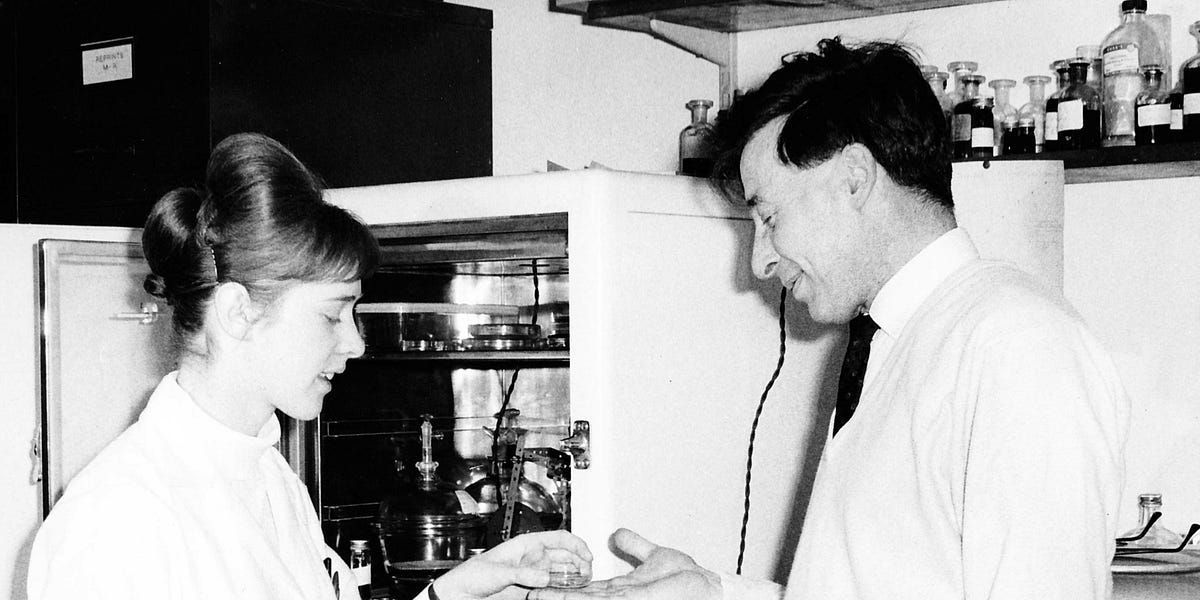What is a Hysterosalpingogram (HSG) and How is it Used During an Infertility Evaluation?
When couples or individuals begin their fertility journey, one of the first and most important steps is a thorough evaluation to identify the underlying causes of infertility. At Caperton Fertility Institute, we use several advanced diagnostic tools to assess reproductive health. One such tool is the hysterosalpingogram (HSG), a specialized test that provides critical information about the health of the uterus and fallopian tubes.
If your fertility care team has recommended an HSG, or if you’re curious about how it fits into the fertility evaluation process, here’s everything you need to know about this procedure and its role in helping you achieve your dream of parenthood.

When is an HSG Recommended?
An HSG is typically performed as part of the initial fertility evaluation for individuals or couples who are having difficulty conceiving. It’s especially useful if:
- You’ve been trying to conceive for over 12 months (or 6 months if you’re over 35).
- You’ve had a history of pelvic infections, endometriosis, or abdominal surgery, which may increase the risk of tubal blockages or adhesions.
- You’ve experienced recurrent miscarriages.
- Your care team needs to confirm that your uterus and fallopian tubes are healthy before starting treatments like intrauterine insemination (IUI) or in vitro fertilization (IVF).
What Can an HSG Reveal?
The HSG provides valuable information about two critical components of female fertility:
1. Uterine Abnormalities
The shape and structure of the uterus are essential for successful implantation and pregnancy. An HSG can reveal:
- Fibroids or Polyps: Growths that may distort the uterine cavity.
- Congenital Uterine Abnormalities: Conditions like a uterine septum or bicornuate uterus, which can interfere with pregnancy.
- Scar Tissue (Adhesions): Adhesions inside the uterus (Asherman’s syndrome) that can result from infection or surgery.
2. Fallopian Tube Blockages
Open fallopian tubes are essential for natural conception, as they allow the egg and sperm to meet. An HSG can detect:
- Blocked Tubes: A blockage in one or both fallopian tubes can prevent fertilization.
- Hydrosalpinx: A condition in which fluid builds up in the fallopian tubes, potentially impacting fertility and the success of IVF.
- Tubal Damage: Scarring or irregularities in the tubes caused by infections, endometriosis, or prior surgeries.
Partnering with Caperton Fertility Institute
At Caperton Fertility Institute, we’re committed to providing the highest standard of care for individuals and couples navigating infertility. The hysterosalpingogram is just one of the many diagnostic tools we use to create a personalized treatment plan tailored to your unique needs.
Whether you’re just beginning your fertility journey or seeking answers to long-standing questions, our expert team is here to support you every step of the way. From diagnosis to treatment, we’ll help you take the next step toward achieving your dream of parenthood.
If you’re ready to start your fertility evaluation or have questions about the HSG procedure, we recommend consulting trusted resources for more information, such as:
- Fertility and Sterility – Published by the American Society for Reproductive Medicine (ASRM).
- Human Reproduction – A leading journal in reproductive medicine.
- The Journal of Obstetrics and Gynecology – Offers reviews on gynecologic imaging techniques.
- Radiographics – Focuses on imaging techniques, including HSG.
- UpToDate – A trusted clinical resource for healthcare providers.



ADDRESS
Caperton Fertility Clinic
6500 Jefferson St. Suite 250
Albuquerque, NM 87109
t. 505.702.8020 ● f. 505.796.8022
CLINIC HOURS
- Monday
- -
- Tue - Fri
- -
- Sat - Sun
- Appointment Only
EL Paso Address
Caperton Fertility Clinic
4171 N Mesa St. Suite 203
El Paso, TX 79902
t. 915.600.2220 ● f. 915.600.2221
